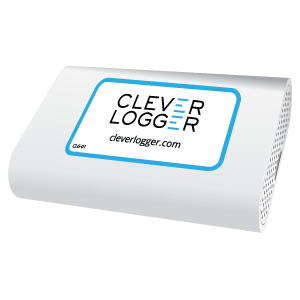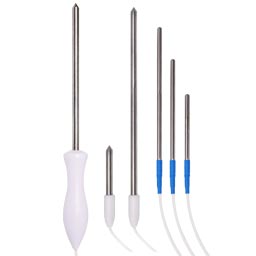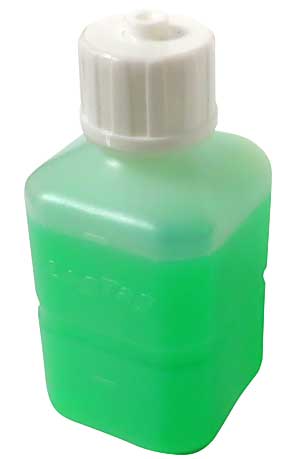Menu
Traditional temperature loggers are easy to use. Just put them in the fridge and let them gather data at regular intervals. To view the data, connect the logger to a device like a laptop using a USB reader. You’ll then see a clear graph displaying all the temperature data since your last upload.
Some newer loggers are also equipped with built-in USB ports, allowing them to directly connect to devices and download data without the need for external USB readers or special software.


Wireless loggers make the temperature monitoring process even simpler. The “set and forget” system requires an initial setup, and after that, you won’t need to touch it, except for changing batteries every 6-12 months.
Like manual models, this logger goes into the fridge to collect data. But instead of saving data internally, it sends it via Bluetooth to a nearby gate. This gate then uploads the data to the internet, so you can access it from anywhere, anytime.
One gate can connect to multiple loggers, checking and uploading data from many fridges at once. The logger can shoot you updates and alarms as soon as it spots any temperature issues.

Logger collects data and sends it off.

Data is sent to the gate which uploads it to the internet

Once uploaded online data is easily accessible anywhere, anytime
External probes can go where log tags can’t, In particular, when logging the temperature of liquids, you will need a probe. Probes are also useful to monitor temperatures inside containers without removing the lids or measuring soil temperatures.
Glycol Vials are ideal for logging vaccine fridges. When a refrigerator door is opened, the air temperature in the refrigerator may rise quite rapidly, but the temperature of stored liquid vaccines will be much slower to react. Logging the temperature of a liquid will therefore give a much more accurate record of what your vaccines actually experienced.

External Probes

Glycol Vial

Clever Logger and LogTag loggers contain small batteries. Swallowing can lead to chemical burns, perforation of soft tissue, and death. Severe burns can occur within 2 hours of ingestion. Seek medical attention immediately.